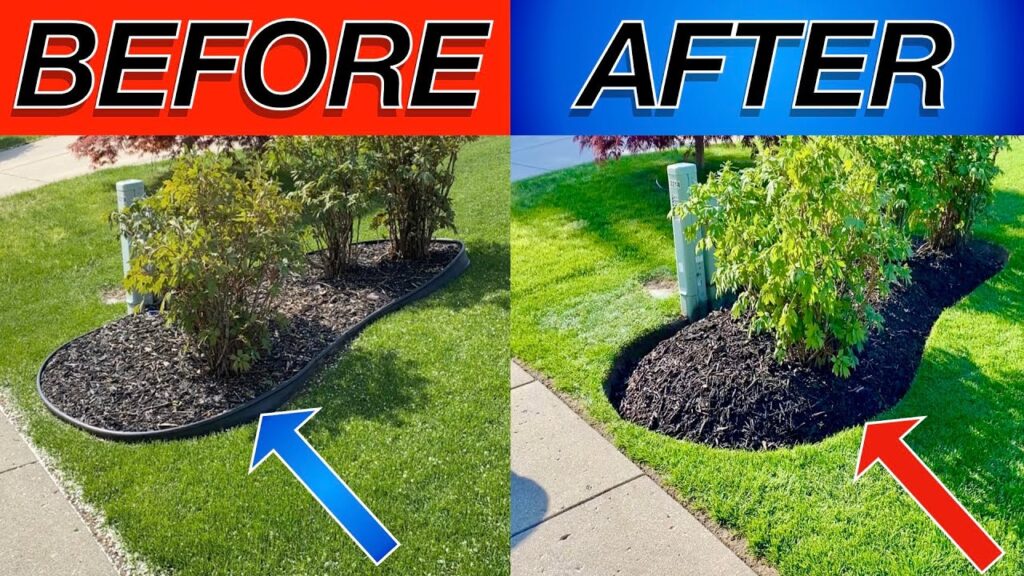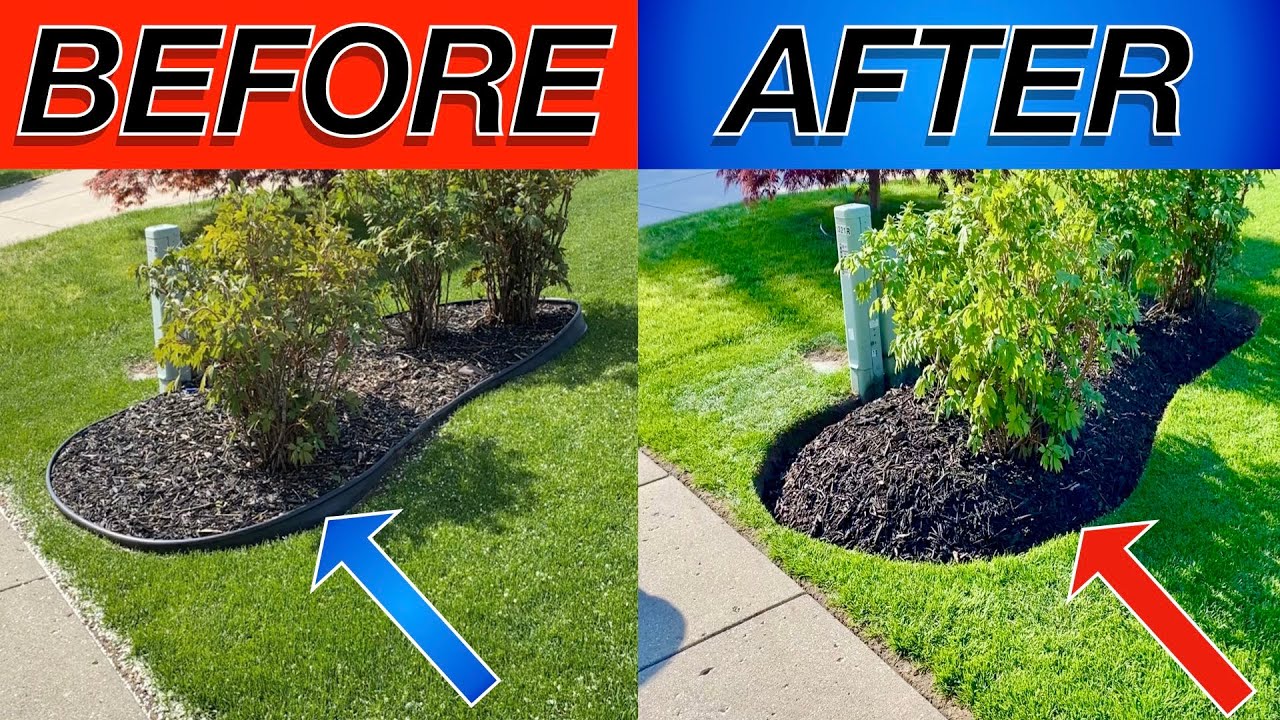
How to Do Landscaping: A Comprehensive Guide to Transforming Your Outdoor Space
Landscaping is more than just mowing the lawn; it’s an art and science of creating an aesthetically pleasing and functional outdoor space. Whether you’re a seasoned gardener or a complete beginner, understanding the fundamentals of how to do landscaping can dramatically enhance your property’s curb appeal and overall value. This comprehensive guide will walk you through the essential steps and considerations for planning, designing, and executing your landscaping project.
Understanding Your Landscape
Before diving into the practical aspects of how to do landscaping, it’s crucial to assess your existing landscape. Consider the following factors:
- Climate and Soil: Understanding your local climate and soil type is fundamental. Different plants thrive in different conditions. Test your soil’s pH and composition to determine what amendments may be necessary.
- Sun Exposure: Note the amount of sunlight different areas of your yard receive throughout the day. This will influence your plant selection.
- Existing Features: Identify existing trees, shrubs, and structures that you want to keep or incorporate into your design.
- Drainage: Observe how water drains in your yard. Poor drainage can lead to waterlogged soil and plant diseases.
- Your Style: Consider your personal preferences and the overall style of your home. Do you prefer a formal, structured garden or a more natural, informal landscape?
Planning and Design
Effective planning is paramount to successful landscaping. Start by creating a landscape design that reflects your needs and desires. Consider these steps:
Define Your Goals
What do you want to achieve with your landscaping project? Are you looking to create a relaxing outdoor living space, increase privacy, enhance curb appeal, or grow your own food? Clearly defining your goals will guide your design decisions.
Create a Site Plan
Draw a rough sketch of your property, including the location of your house, driveway, walkways, and existing features. Use this plan to experiment with different layouts and ideas. Consider the scale of your yard and the mature size of the plants you choose.
Develop a Design Concept
Choose a design style that complements your home and reflects your personal taste. Some popular styles include:
- Formal Gardens: Characterized by symmetry, geometric shapes, and manicured hedges.
- Informal Gardens: Featuring naturalistic plantings, flowing lines, and a more relaxed feel.
- Cottage Gardens: Emphasizing colorful flowers, dense plantings, and a charming, whimsical atmosphere.
- Xeriscaping: Utilizing drought-tolerant plants and water-wise landscaping techniques.
Select Your Plants
Choosing the right plants is crucial for the success of your landscape. Consider the following factors:
- Hardiness Zone: Select plants that are hardy in your local climate zone.
- Sun and Shade Requirements: Choose plants that will thrive in the amount of sunlight your yard receives.
- Mature Size: Consider the mature size of the plants to avoid overcrowding.
- Maintenance Requirements: Choose plants that you are willing to maintain.
- Aesthetic Appeal: Select plants that complement your design style and provide visual interest throughout the year.
Don’t forget to consider the use of native plants. Native plants are well-adapted to the local climate and soil conditions, and they provide valuable habitat for wildlife. [See also: Benefits of Native Plant Landscaping]
Hardscaping Elements
Hardscaping refers to the non-living elements of your landscape, such as patios, walkways, walls, and fences. These elements can add structure, functionality, and visual interest to your outdoor space. Consider incorporating the following hardscaping features:
- Patios: Create an outdoor living space for relaxing and entertaining.
- Walkways: Provide safe and convenient access to different areas of your yard.
- Walls and Fences: Define boundaries, provide privacy, and add architectural interest.
- Water Features: Add a touch of tranquility and beauty with a pond, fountain, or waterfall.
- Lighting: Enhance the ambiance of your landscape and provide safety and security.
Preparing the Site
Before planting, it’s essential to prepare the site properly. This involves clearing the area of weeds, rocks, and debris. Here’s how to ensure a solid foundation for how to do landscaping successfully:
Clearing and Grading
Remove any existing vegetation, rocks, and debris from the planting area. Grade the soil to ensure proper drainage. If necessary, amend the soil with compost or other organic matter to improve its fertility and texture.
Soil Amendment
Improve the soil quality by adding organic matter such as compost, well-rotted manure, or peat moss. This will help improve drainage, aeration, and nutrient retention.
Irrigation
Install an irrigation system to ensure that your plants receive adequate water. Drip irrigation is an efficient and water-saving option that delivers water directly to the roots of plants. [See also: Choosing the Right Irrigation System]
Planting and Mulching
Now it’s time to plant your selected plants according to your design. Proper planting techniques are crucial for the health and survival of your plants. Consider these steps:
Planting Techniques
Dig a hole that is twice as wide as the root ball and just as deep. Gently loosen the roots of the plant and place it in the hole. Backfill with soil and water thoroughly. Make sure the top of the root ball is level with the surrounding soil.
Mulching
Apply a layer of mulch around your plants to help retain moisture, suppress weeds, and regulate soil temperature. Organic mulches, such as wood chips, bark, and straw, will also decompose over time and enrich the soil. Mulching is a critical step in learning how to do landscaping effectively.
Maintaining Your Landscape
Once your landscape is established, it’s important to maintain it regularly to keep it looking its best. Regular maintenance includes:
Watering
Water your plants regularly, especially during dry periods. Water deeply and less frequently to encourage deep root growth.
Fertilizing
Fertilize your plants according to their specific needs. Use a balanced fertilizer or a fertilizer formulated for specific plant types.
Pruning
Prune your plants regularly to remove dead, damaged, or diseased branches. Pruning also helps to shape plants and encourage new growth.
Weeding
Remove weeds regularly to prevent them from competing with your plants for resources. Hand-pulling weeds is the most effective method, but you can also use herbicides if necessary.
Pest and Disease Control
Monitor your plants for signs of pests and diseases. Take action promptly to prevent infestations from spreading. Use organic pest control methods whenever possible.
Advanced Landscaping Techniques
Once you’ve mastered the basics of how to do landscaping, you can explore more advanced techniques to enhance your outdoor space. These include:
Terracing
Create terraces on sloped areas to prevent erosion and create planting beds.
Retaining Walls
Build retaining walls to support slopes and create level areas.
Water Gardens
Install a water garden with aquatic plants and fish.
Rock Gardens
Create a rock garden with drought-tolerant plants and interesting rock formations.
The Importance of Professional Help
While many landscaping tasks can be done yourself, there are times when it’s best to seek professional help. Consider hiring a landscape designer or contractor for complex projects, such as installing patios, building retaining walls, or designing irrigation systems.
Conclusion
How to do landscaping involves careful planning, thoughtful design, and consistent maintenance. By following the steps outlined in this guide, you can create a beautiful and functional outdoor space that enhances your property’s value and provides years of enjoyment. Remember to consider your climate, soil, and personal preferences when making design decisions, and don’t be afraid to experiment and have fun. Whether you’re planting a small flower bed or undertaking a complete yard makeover, the principles of landscaping remain the same: create a space that is both aesthetically pleasing and environmentally sustainable. With dedication and the right knowledge, anyone can learn how to do landscaping and transform their outdoor area into a personal oasis.

